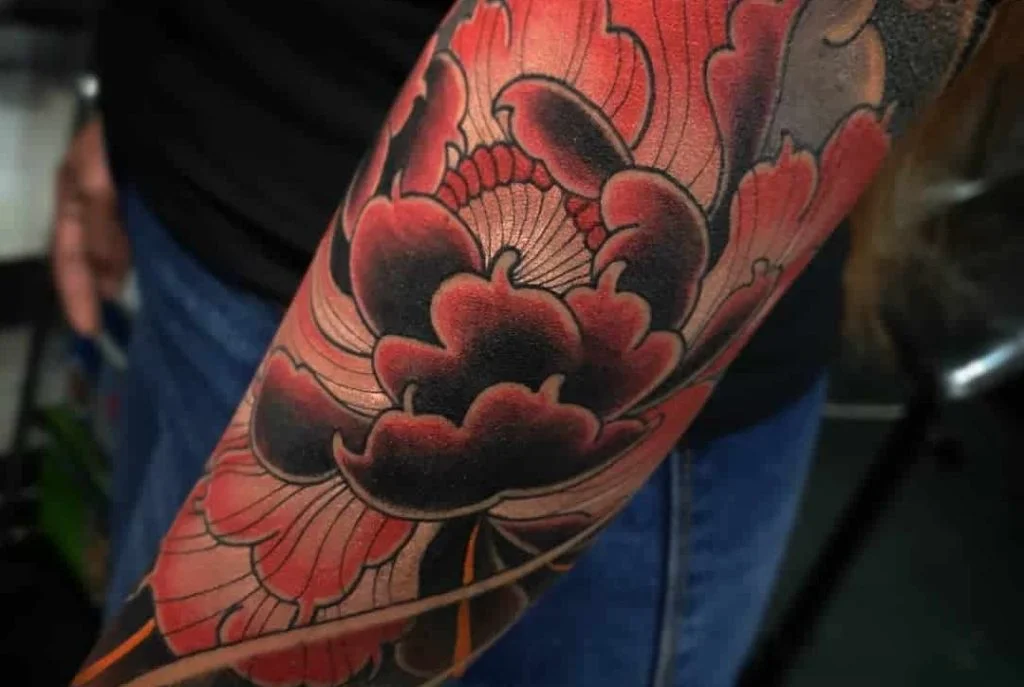While tattoos have long been part of human culture, few styles have been revered as the Japanese tattoo. They stand out for their deep cultural roots and intricate artistry. The appeal of the Japanese style continues to grow globally as it blends heritage with innovative technique. This article will explore why these iconic designs remain relevant and continue to inspire generations.
Rich Tradition
The Japanese tattoo dates back to the Edo period. Its elements, like koi fish and dragons, carry specific meanings tied to transformation, courage, and strength. This storytelling and symbolism make Japanese tattoo designs stand the test of time and remain relevant even as trends shift. These tattoos are more than just images; they are personal narratives expressed through carefully chosen motifs.
The endurance of these tattoos over centuries highlights their cultural significance. In fact, even in modern times, artists maintain respect for the original rules of placement and design. This continuity preserves authenticity while allowing space for creative interpretation.
Modern Aesthetics
Though Japanese tattoos date back many years, they adapt to changing tastes and preferences. Artists are now combining traditional images with new techniques like vibrant color gradients and contemporary shading styles. Though the design still honors the rules of flow and composition that make it unique, they add a fresh twist, thus ensuring that the art form evolves rather than fades away.
Tattoo enthusiasts who may not have a deep knowledge of Japanese culture can still appreciate the aesthetic appeal. They do not necessarily have to read about the origin or meaning of Japanese tattoos to enjoy their eye-catching twists.
In addition, modern studios educate clients on the meaning behind the symbols, thus encouraging informed choices. This balance between tradition and personalization ensures each tattoo feels unique yet rooted in history. Tattoo enthusiasts, regardless of their age, can explore different designs and seek the guidance of the artists to find what meets their needs.
Global Influence
The global rise of tattoo culture has increased awareness of the importance of respecting origins. Many tattoo studios outside Japan educate clients about the cultural meaning and the historical context to ensure that the designs are not stripped of significance. As tattoos become more popular everywhere, this cultural sensitivity can help to preserve their integrity.
The global appreciation of Japanese tattoos has also influenced other artistic styles, with elements like bold waves, floral motifs, and mythical creatures appearing in Western fusion tattooing. This cross-cultural exchange keeps tattoo culture vibrant and creative. It also shows that the Japanese tattoo is not only surviving but shaping the future of global trends.
Artistic Excellence
There are many tattoo styles, but only a few match the precision and mastery of Japanese tattoos. The skills needed to execute them correctly take years of training and understanding technique and cultural symbolism. Additionally, artists have to master the placement to ensure the piece stands out and flows naturally with the wearer’s body.
Due to the level of skill involved, these tattoos are considered true wearable masterpieces. In fact, many tattoo artists continue to work with the hand-poked technique, preserving traditional methods alongside machine work. This tradition makes the art retain meaning and depth. As a result, collectors value these pieces as lifelong investments.
Japanese tattoo designs have endured because they combine artistry, symbolism, and cultural depth. Their universal theme speaks to people from all walks of life, giving them global appeal. Combining art and respect for tradition ensures these tattoos will likely continue to inspire future generations.

